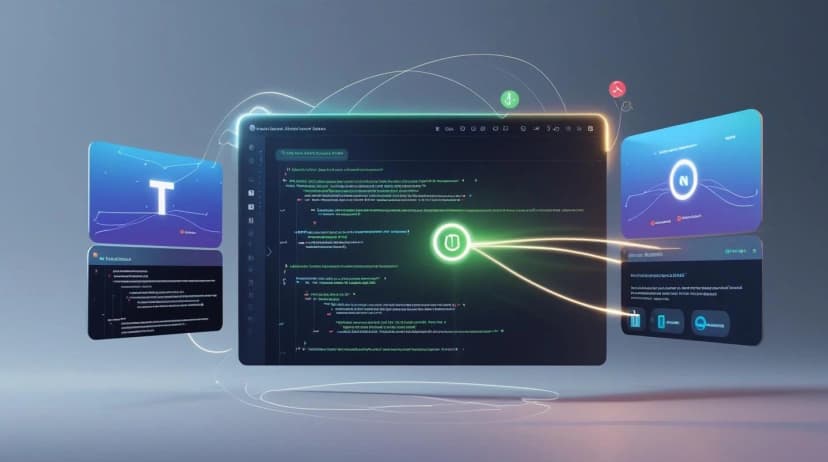
The Role of Automation in Shift Left and Shift Right Testing
Software testing is no longer just a final checkpoint before deployment, it’s now a continuous and collaborative process that spans the entire software developm...
Loading...
Loading...
Loading...
Explore articles tagged with Automated Testing
Discover comprehensive guides, tutorials, and best practices related to Automated Testing. Our expert-written articles cover everything from basic concepts to advanced techniques, helping you master this important aspect of software testing and quality assurance.
Discover expert insights and tutorials related to Automated Testing

Software testing is no longer just a final checkpoint before deployment, it’s now a continuous and collaborative process that spans the entire software developm...

Automated testing is the backbone of modern software delivery and essential to any CI/CD pipeline. But if you’ve ever seen automated test scripts break due to m...

As digital products evolve toward microservices, distributed systems, and rapidly changing user demands, traditional performance testing methods fall short. In...

Modern software delivery depends on speed, consistency, and quality — and CI/CD (Continuous Integration and Continuous Deployment) provides the structure to ach...

In a world where digital experiences rule, delivering bug-free software isn’t just a luxury—it’s a necessity. Software testing tools have become the backbone of...

In today’s fast-paced digital landscape, where user expectations soar and competition is unrelenting, delivering flawless software is non-negotiable. Imagine yo...

You’ve built a new mobile app—great job! 🎉 But before you launch it on the app store, let’s talk about something important: mobile app testing. Tes...

So, you’ve just developed a web application. It’s sleek, it’s sophisticated, and it’s the digital equivalent of your masterpiece. But before you pop the champag...

Hey there, fellow tech enthusiast! So, you’ve built a shiny new web application, and it’s ready to take on the world. Or is it? Before you unleash y...
Discover more articles on related testing topics